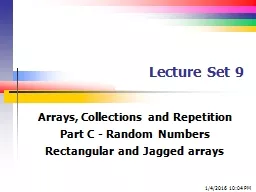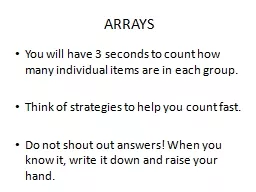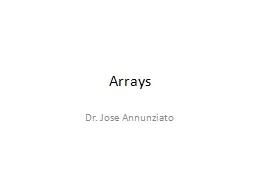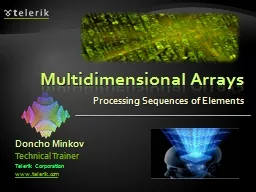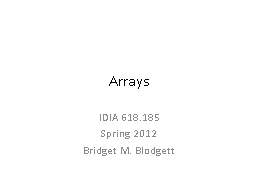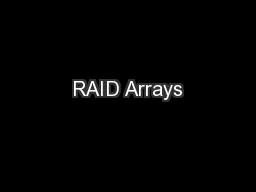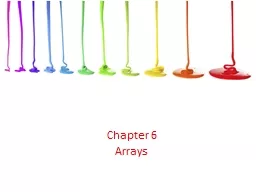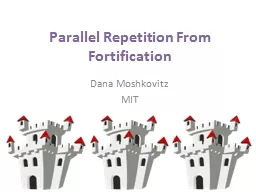PPT-Lecture Set 9 Arrays, Collections and Repetition
Author : alexa-scheidler | Published Date : 2019-12-12
Lecture Set 9 Arrays Collections and Repetition Part C Random Numbers Rectangular and Jagged arrays 142016 1004 PM Objectives Understand the concept of random numbers
Presentation Embed Code
Download Presentation
Download Presentation The PPT/PDF document "Lecture Set 9 Arrays, Collections and Re..." is the property of its rightful owner. Permission is granted to download and print the materials on this website for personal, non-commercial use only, and to display it on your personal computer provided you do not modify the materials and that you retain all copyright notices contained in the materials. By downloading content from our website, you accept the terms of this agreement.
Lecture Set 9 Arrays, Collections and Repetition: Transcript
Download Rules Of Document
"Lecture Set 9 Arrays, Collections and Repetition"The content belongs to its owner. You may download and print it for personal use, without modification, and keep all copyright notices. By downloading, you agree to these terms.
Related Documents

